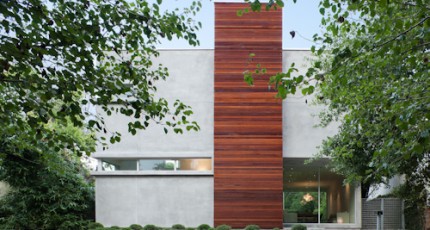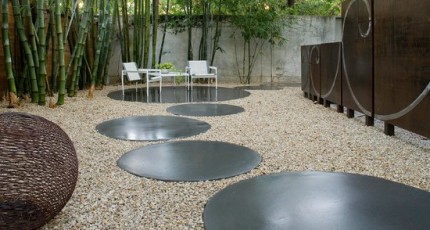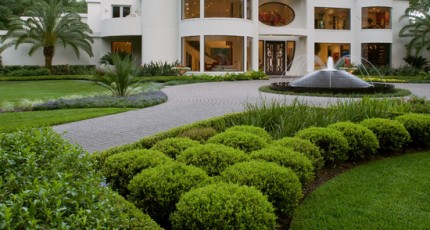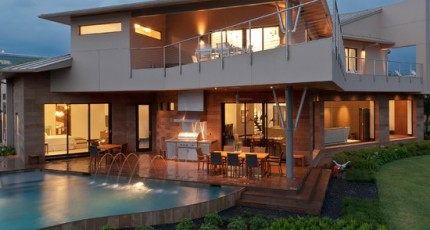Unique Landscape Design



Contemporary landscape architecture is characterized by a subjective determination to sculpt the landscape into spaces that reflect the human living experience. It develops these spaces with respect to Nature, and in some way or another always works to create a relationship between architecture and the contemporary landscape. Contemporary landscape architecture can be used either unify architecture and the surrounding landscape, or it can be utilized to starkly contrast the differences between the two. The exact nature of the relationship is always determined by the project itself, its location, and the type of environment being worked in. Because it flows along the lines of contemporary design in general, and because of its highly subjective characteristics, contemporary landscape architecture can be found in almost any setting where the experience of living itself is used to create forms and structures outdoors.
When attempting to visualize a clear differentiation between contemporary landscape architecture and more traditional forms of landscaping design, think infrastructure. Facilities such as libraries, hospitals, corporate campuses, civic centers, academic institutions, and sports stadiums all create a human experience characteristic of the urban living experience. Any open spaces that are not technically inside these buildings are then developed into planned environments that improve the quality of human life through manipulation of natural forms and outdoor spaces. Traditional landscaping seeks to emphasize and sculpt the beauty of Nature for the purposes of human appreciation. This is predicated on the belief that Nature itself offers a certain spiritual, emotional, or aesthetic meaning to life itself. Contemporary landscape architecture, on the other hand, is far more Existential and seeks to create only forms that are based on some practical function dedicated to improving the quality of life.
This is not the first time such a mindset has taken hold in a society. The idea of mirroring the human experience in natural forms goes back to the Roman Empire, where civil engineering and outdoor projects were used to build an infrastructure that united the entire Mediterranean coast into a single cultural entity. Wherever the Romans went, they built their arenas, amphitheaters, gymnasiums, aqueducts, roads, and temples as reflections of themselves. Even in the rural parts of Spain and Gaul, agricultural regions were landscaped into Roman-style villas and estates to remind conquered people that man was the master of Nature, and that Rome was the master of all men. Pure lovers of Nature, (both then and now), find this concept distasteful, and prefer tend to gravitate instead toward more aesthetic forms of landscape design whose forms represent states of mind rather than functions that serve humanity. This is why we see very little contemporary landscape architecture around private residences, but an almost universal adherence to its utilitarian principles in any public setting where civil engineers and planners have decided to integrate the natural world into human life itself, allowing people to experience the landscape on uniquely human terms. Movement through the landscape is encouraged as much as possible. Clean lines in gardens and low-growth trees help put the landscape on more of what you might call an eye-level experience for human beings that makes them feel comfortable and confident when walking through outdoor areas like city plazas, parks, and streets.
Because of the need to bring contemporary architecture into unity with the landscape itself, variety of species in plantings is frequently replaced with geometry as a means of mirroring the structural features of buildings. By contrasting only a few plant materials and low-growth trees with linear bed lines and stark geometric designs, the contemporary landscape architect can take a single open space and convert it into many blocks of form and space, woven together, much like a building containing hallways and rooms with specific lines of movement and specific functions and unique experiences contained therein.
For more the 20 years Exterior Worlds has specialized in servicing many of Houston’s fine neighborhoods.





